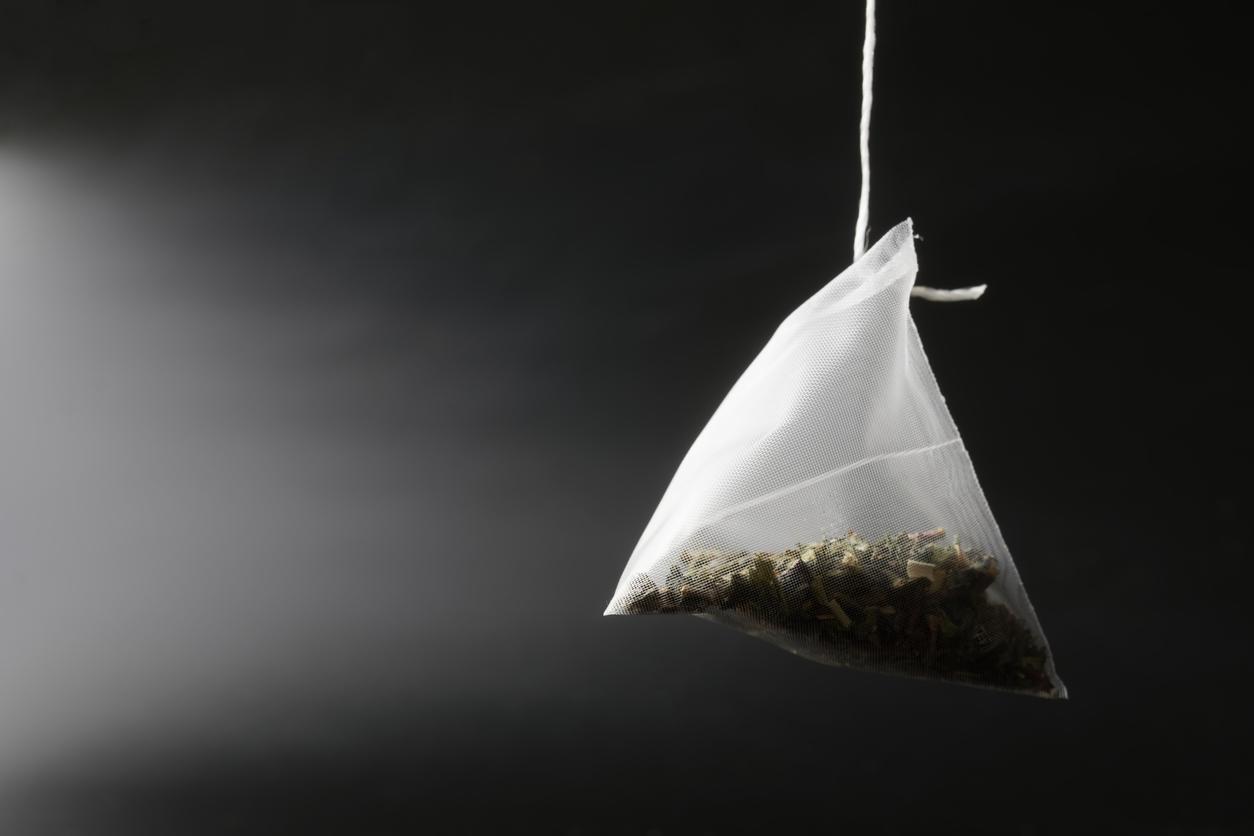Components of tea, black or green, act on the blood vessels and participate in the reduction of hypertension.

- Molecules contained in tea – green or black – would help prevent or treat high blood pressure
- Certain Compounds in Tea Relax Blood Vessels
- One third of the world’s population suffers from hypertension
Consuming tea would be good for health. Scientists from the University of California note that it contains effective molecules to fight against hypertension. They present their discovery in the specialized journal Cellular Physiology and Biochemistry. The scientists obtained these results by combining computer modeling and mutagenesis, ie by deliberately introducing genetic mutations into the cell models studied.
What is the action of tea on blood circulation?
Green or black tea leaves contain so-called flavonoid compounds, of the catechin type, called epigallocatechin gallate and type 3 epigallocatechin gallate. They activate a protein ion channel, called KCNQ5: this diffuses the ions of potassium around the cells to reduce their excitability. This channel is particularly present in the muscle that surrounds the blood vessels. According to this research, its activation would relax the vessels and thus reduce hypertension. According to the researchers, these properties of tea could be useful in the development of new treatments. “As one-third of the world’s population suffers from hypertension and this disease is considered the number one modifiable risk factor for cardiovascular disease and premature mortality, new approaches to treating hypertension have enormous potential in terms of improvement in public health“, says the research team in a communicated.
A silent disease
This disease is caused by excessive blood pressure on the walls of the arteries. Ultimately, this causes premature aging of the arteries and their stiffening. This can lead to stroke or heart attack, or other diseases like kidney failure or dementia. In most cases, hypertension has no specific cause, although lifestyle can contribute: excess salt or lack of physical activity are risk factors. It is often difficult to detect, and sometimes called a silent disease, because there are not necessarily any symptoms. In France, 15 million people are affected.

.















